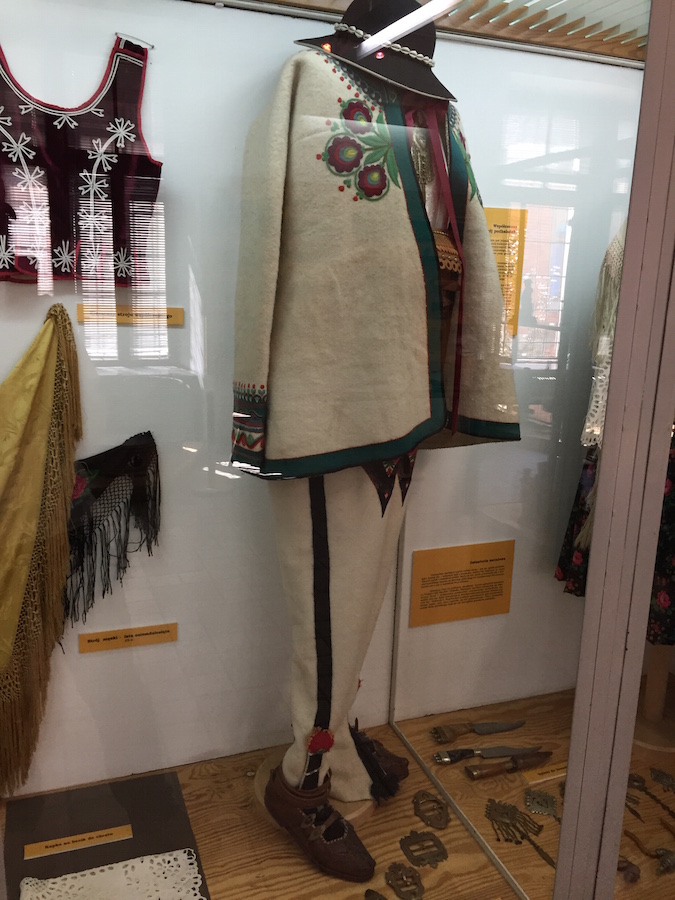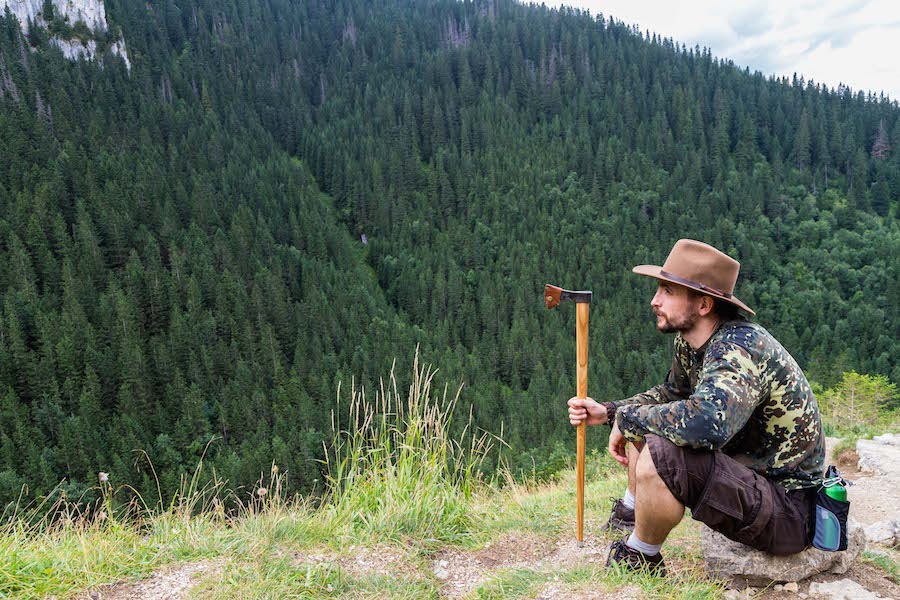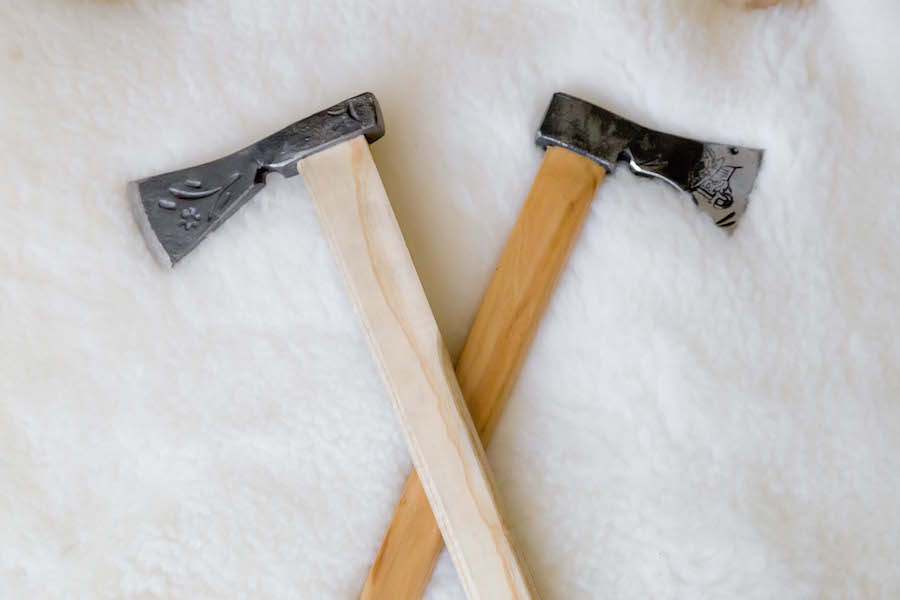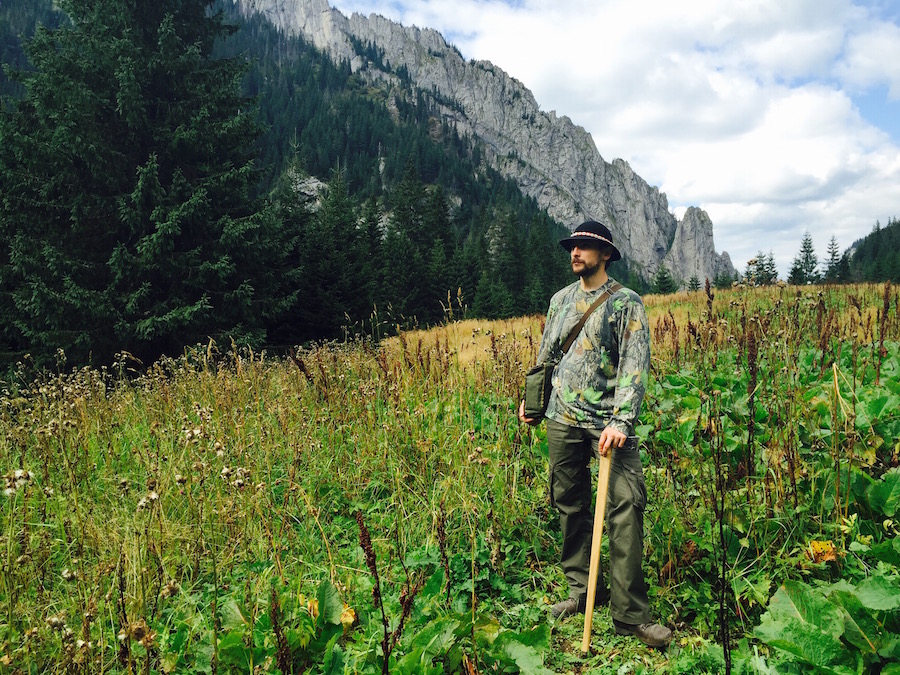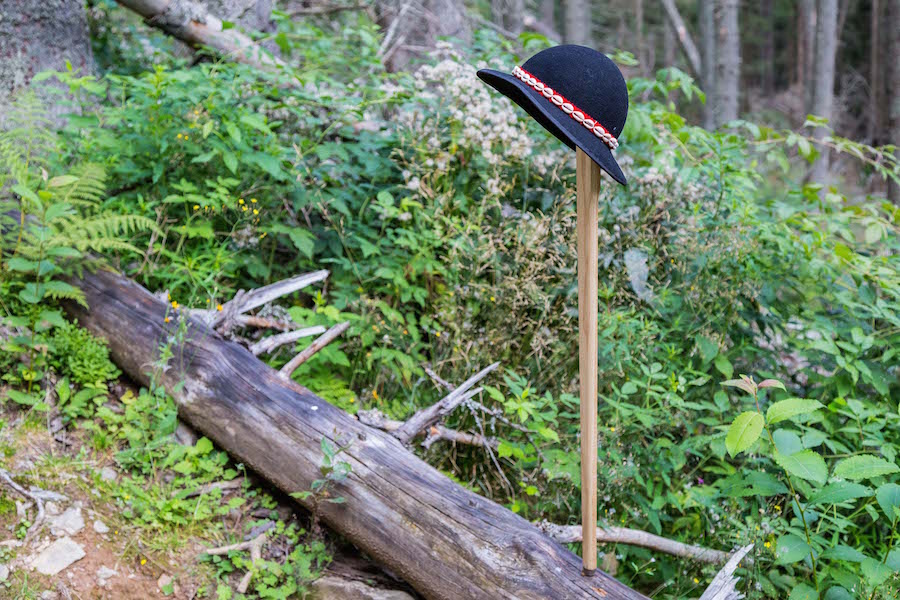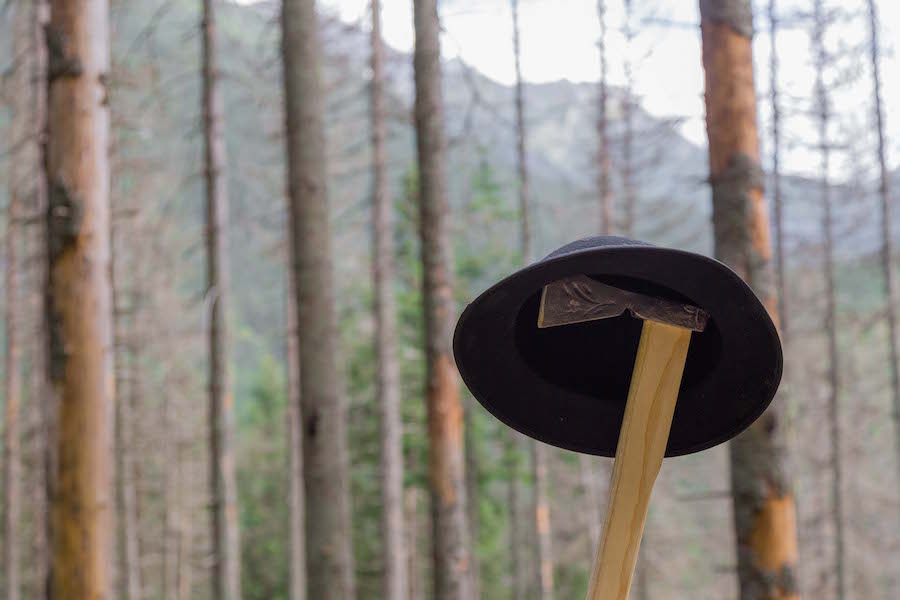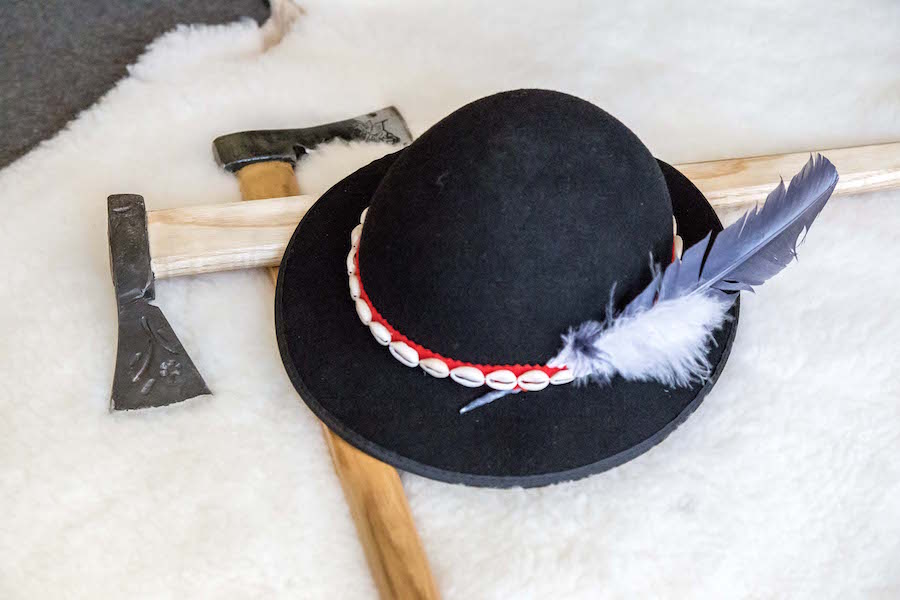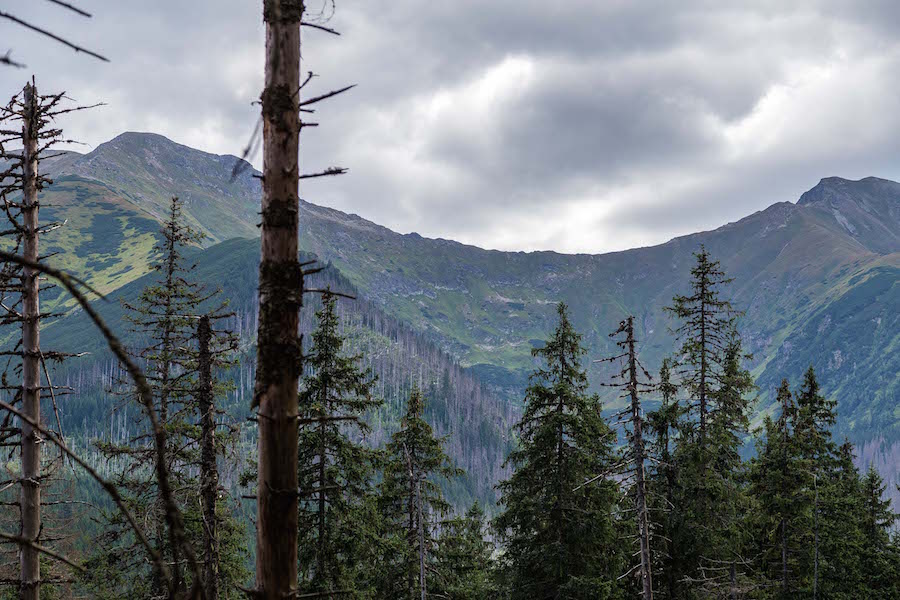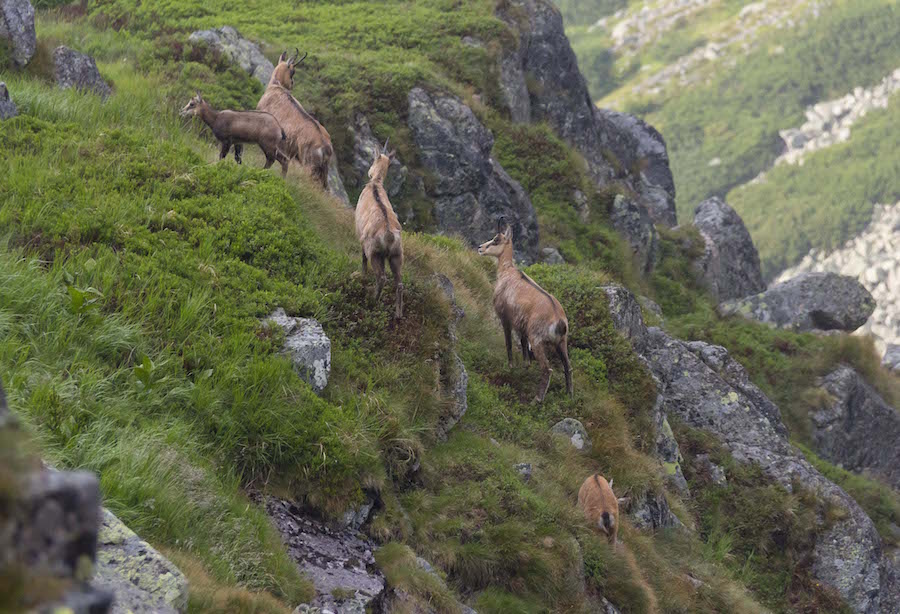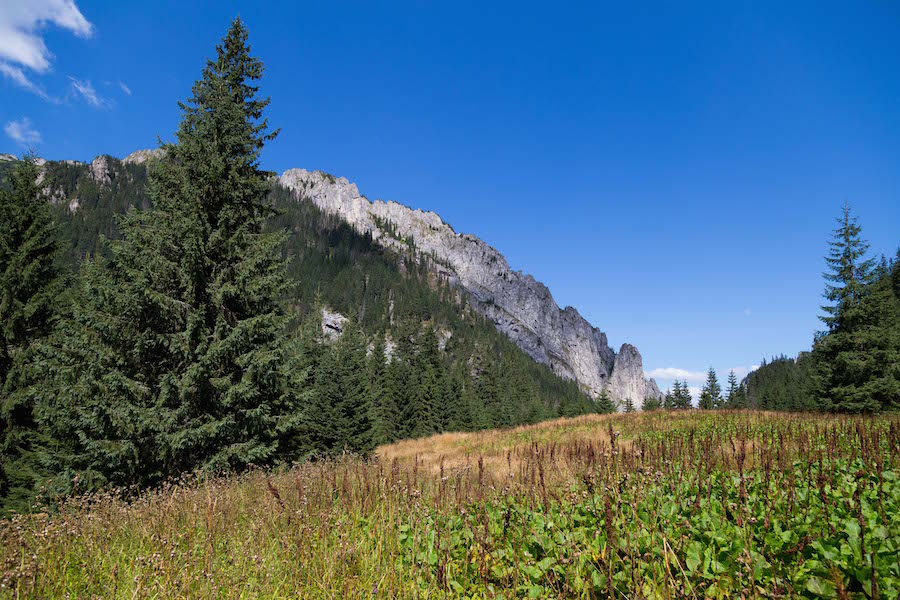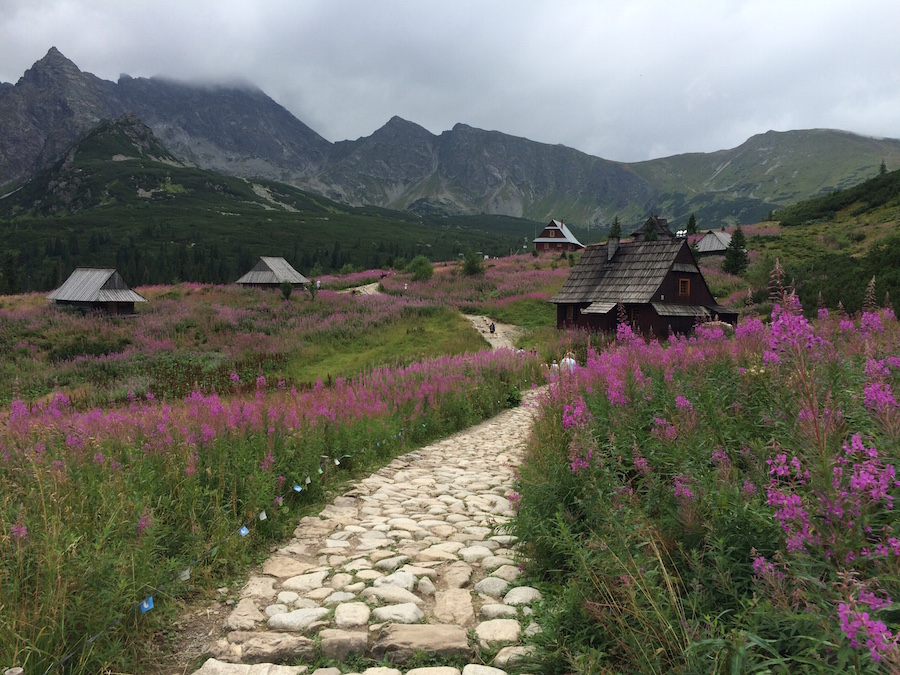Some time ago, I traveled to the Tatra mountains and even climbed one of its highest peaks Rysy, which is also the highest point in Poland.
 But what I really wanted to talk about are things I saw there. Not just up the hills but also in the local museum. So let me explain how all this relates to what we know today as bushcraft.
But what I really wanted to talk about are things I saw there. Not just up the hills but also in the local museum. So let me explain how all this relates to what we know today as bushcraft.
 You see, I come from a country where up until relatively recently, people had to be largely self-sufficient. You can still observe that, especially, in the Polish highlands. The highlanders are renowned for their independence, hardiness and strong attachment to tradition, which by the way is also quite unique. Many of them still dress, sing and dance like their ancestors 200 years ago! Although, now it’s mostly to entertain tourists. They also have their distinct dialect, which to me sounds pretty damn awesome. I guess it’s a bit like the Appalachian American, which I also find very pleasant to listen to, only it doesn’t seem to have any negative connotations in Poland.
You see, I come from a country where up until relatively recently, people had to be largely self-sufficient. You can still observe that, especially, in the Polish highlands. The highlanders are renowned for their independence, hardiness and strong attachment to tradition, which by the way is also quite unique. Many of them still dress, sing and dance like their ancestors 200 years ago! Although, now it’s mostly to entertain tourists. They also have their distinct dialect, which to me sounds pretty damn awesome. I guess it’s a bit like the Appalachian American, which I also find very pleasant to listen to, only it doesn’t seem to have any negative connotations in Poland.
So when you go to a museum in the biggest and most famous tourist town in the area – Zakopane – you quickly realise that self-reliance, survival and bushcraft are not just empty words, fads for crazy people with too much money and too little to worry about or terms reserved for some distant tribes from tropical regions. You learn that this is how people lived less than a human lifetime ago in a large European country.
What did I see? Well, just take a look at this awesome outdoor cooking rig and shepherd’s axes.
These, by the way, are probably the most underestimated survival tools I know. You take it on a hike as a walking stick but if need be, you can use it to take down a small tree, delimb it, split wood, drive nails or use it as a weapon since it is practically a little pole axe.
Nowadays, the axe has become more of a prop in traditional dances and performances and is most often sold as an unusable souvenir. However, you can still find and buy proper shepherd’s axes, although, I hear that outside of Poland they can be ridiculously expensive. I got my carefully selected axes, with historically accurate ash wood shafts and decorated carbon steel heads for about $15-$20 each, and decided to bring this tool back to live and use it like in the good old times. It worked great.
But let’s take a look at some other interesting bushcraft and survival type tools I saw in the museum. Bear in mind, that these are things used on a day-to-day basis just a few decades ago.
 Decorated axe heads and an anti-wolf collar for a shepherd’s dog
Decorated axe heads and an anti-wolf collar for a shepherd’s dog


Regional cleavers, typical highland-style knives, pipes and brooches


Hunting and trapping equipment including some massive bear trap, and hand-made slingshot/crossbows. Joerg Sprave from the slingshot channel would be proud.
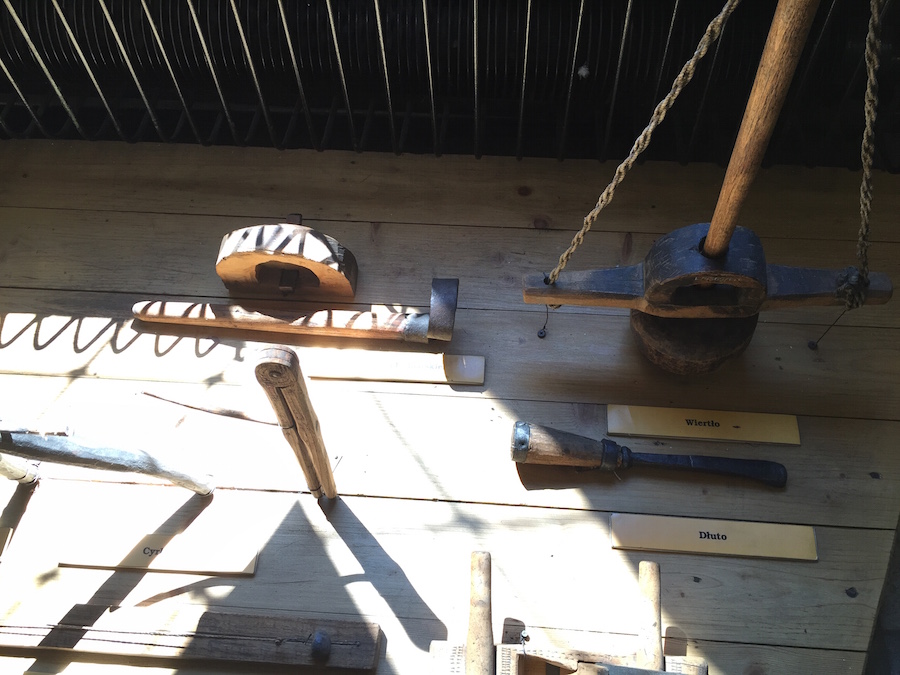

A pump drill and a ‘spoon-making chisel’, plus an entire ‘white room’. It’s called white because it was the only room without a fireplace. It was to preserve the bright wooden walls and protect them from smoke.
And a little something from the mountains themselves


